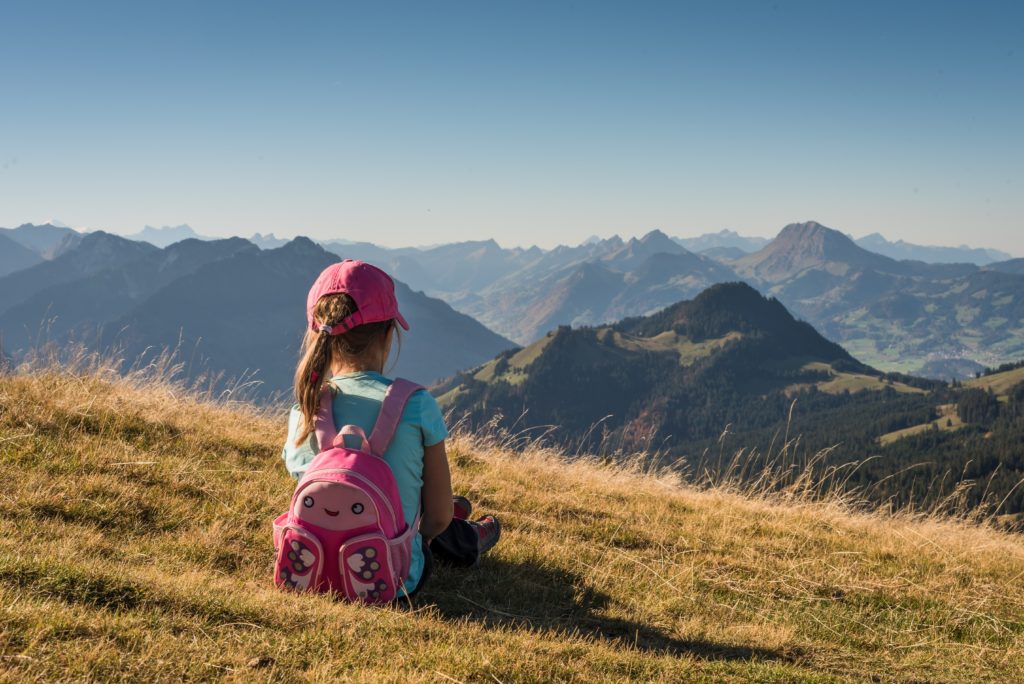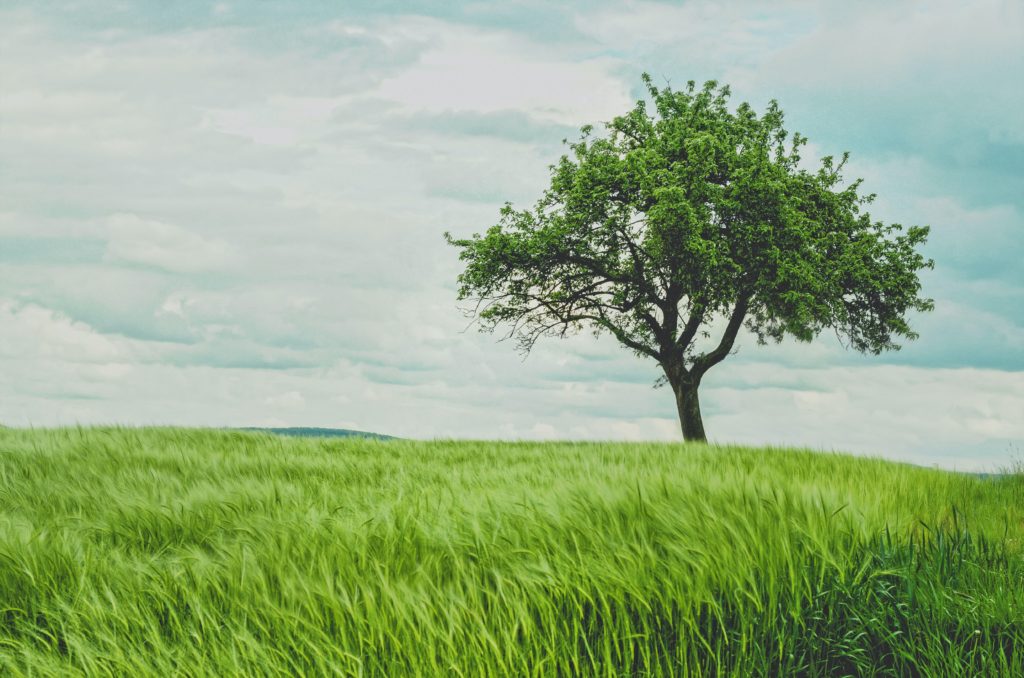Teaching mindfulness to energetic students can be challenging, but it’s worth the effort. Studies show that the earlier students learn to manage their thoughts, emotions, and actions, the better off they will be. Mindfulness benefits children in many ways, including increased self-awareness and emotional regulation, which helps them build stronger relationships and greater resilience. Teaching mindfulness activities in the classroom can also improve student focus, leading to better academic performance.
At Empatico, we consider Mindfulness one of the nine key skills to developing a fully realized social, emotional and empathetic learner. Learn more about out 9-point Empathy Framework here.
Talking to Students About “Zones” to Describe Emotional States
One way to introduce mindfulness activities techniques for students is to talk about the concept of “zones,” or the different emotional states we experience throughout the day. By identifying and understanding these zones, children can learn to recognize when they are in a less optimal state, and take steps to reset and return to a more positive state.

Our mind and body work differently depending on which “zone” we are in. In our “okay zone”, we feel relaxed or happy, and make better decisions. When we move out of our “okay zone”, we might feel frustrated, sad, tired, or afraid. We all experience different zones throughout the day.
Ask your students:
- Think about experiences that help you be in the “okay zone”.
- How do you feel when you think about these experiences? What sensations do you notice happening inside your body?
- Think about experiences that move you out of the “okay zone”.
- How do you feel when you think about these experiences? What sensations do you notice happening inside your body?
Check out our Zone Check-In classroom activity to continue discussing the different types of zones, and help students identify coping strategies that can help them return to an “okay zone”.
How to Get Your Students to Reset
Many mindfulness activities techniques for students focus on helping students reset or self-regulate. When we leave our “okay zone”, we may enter a “high zone” or “low zone”. In our “high zone”, we may feel angry or frustrated. In our “low zone”, we may not feel like doing anything, and just want to sleep. When we are in these zones, we can do things to help us return back to our “okay zone”, such as:
- Drink water or juice
- Name colors in the room
- Count backwards from 10
- Listen to the sounds in the room
- Push our hands against a wall
- Go on a mindful walk
Try our Reset Now! classroom activity to explore other self-regulation strategies, then ask students to notice any feelings and sensations that they experience after using these strategies. Which strategies might help when they are in their “high zone” or “low zone”, and want to return to their “okay zone”?
Mindfulness Activities for Students

1.Teach your students about sensations
Just as when we notice if we are feeling too cold or too hot, we can also notice our sensations and emotions, and how those make us feel. Help students learn about different types of sensations through the following exercises:
- Walk around your space, and find different objects and surfaces to touch. How do they feel? Are they soft, hard, or squishy? What do they smell like?
- Rub your hands together with your palms facing each other. Slowly increase the speed. What do you notice? What is the temperature of your hands? Stop rubbing your hands – are they still warm? What else do you notice?
- Collect different items to put in a bag or box. As you add them, describe them using sensory words.
- Think about your calming resources – how do they make you feel? What sensations do they cause inside your body?
Then, ask students what they learned about different sensations. Which ones were pleasant? Which ones were unpleasant? Were there any sensations that were neutral (neither pleasant or unpleasant)?
2. Incorporate a grounding exercise
Grounding is when we pay attention to our body, and focus on what we hear, smell, see, and feel. When we do a grounding exercise, it can help us feel calmer on the inside and pay greater attention to our surroundings. For example, try leading your students through this activity:
- Find a comfortable position where you are sitting, lying down, or standing.
- Notice different sensations in your body, like the feeling of your leg against a chair, your breathing and heart-rate, or how your muscles are tensed or relaxed. Observe the different sounds and smells around you, and what your eyes can see.
- If you become aware of uncomfortable sensations, try to bring your attention to one that feels neutral or more comfortable. What changes do you notice as you think about more neutral or comfortable sensations?
Consider using our Body Scan Meditation classroom activity to help students notice different sensations in their body and feel more grounded in the present moment. This activity even includes a video that guides students through each step of the exercise!
3. Use a guided imagery technique
Guided imagery can be one of the best mindfulness activities techniques for students. It is a mindfulness technique that uses the power of imagination to create mental images of peaceful, calming scenes to reduce stress and anxiety, improve focus and concentration, and promote relaxation in children. To teach guided imagery to kids, use simple language and age-appropriate imagery, start with brief exercises, use a soothing voice, encourage children to use their senses, practice regularly, and allow children to express their own imagery in a safe and supportive environment.
Grounding Like a Tree

Our Grounding Like a Tree classroom activity uses guided imagery to help your students experience the present moment more fully. This activity also includes a guided meditation video that leads students through each step of this exercise, or you can read the script below.
- Imagine you are a tree, and sit and stand like a tree in a position that feels comfortable.
- Imagine the trunk of your body is like the trunk of a tree, strong and solid. Don’t forget to breathe.
- Pay attention to your feet, and imagine them as roots growing into the earth. Don’t forget to breathe.
- Pay attention to your arms, and imagine them as the branches of a tree as you gently move them. Don’t forget to breathe.
- Think about the feelings and sensations in your body as you imagine yourself as a tree. What do you see? What do you hear? What does it feel like? Were these feelings and sensations pleasant, unpleasant, or neutral? Try to pay attention to the pleasant or neutral ones, and notice what happens next.
4. Take your students out on a mindful walk

When we are feeling anxious or nervous about something, it can be helpful to go on a walk, and pay careful attention to the feelings and sensations in our body. Consider using our Mindful Walk classroom activity to take a fifteen minute break from the classroom, and help students increase awareness of their feelings and surroundings.
The activity guides students through the following steps:
- Find a peaceful place where you can walk slowly back and forth. Try to find a place with different surfaces, like grass, concrete, and dirt.
- Pick a surface, and walk slowly back and forth on it. As you walk, notice how your breath is coming in and out of your body, how your feet and legs are moving, the sounds nearby or the sounds of your body moving, how the surface under your feet feels, or whatever your eyes are seeing.
- Next, pick a different surface to walk on. What feels different about this surface? Has your breath changed? Do your feet and legs move differently? Do you hear different sounds nearby or from your body?
Encourage students to pay attention to the feelings and sensations in their body as they walk, and take actions that can help them feel calmer, like relaxing their muscles if they feel tight or taking deep breaths.
5. Introduce a gratitude journal in the classroom
Journaling about gratitude is a powerful way to support mindfulness. When we take the time to consider and write down the things we are grateful for, it shifts our focus from negative thoughts to positive aspects of our lives. This practice helps to cultivate an attitude of appreciation, which can lead to greater feelings of contentment and satisfaction.
Gratitude journaling can help your students focus on the present moment as they reflect on what (or who) they are thankful for in their lives. This focus on the present moment can be a powerful tool for promoting mindfulness, as it helps students increase awareness of their thoughts and emotions, and respond to them in a more positive and mindful way. For a list of journaling prompts, check out our Gratitude Journaling Prompts classroom activity.
Remember that integrating mindfulness into your daily lessons and routines should be done in a way that feels natural and comfortable for you and your students. Start with small steps and adapt your approach as needed.
Incorporating mindfulness activities for kids in the classroom can have a positive impact on students’ mental and emotional well-being, and ultimately help them navigate the challenges of everyday life with more ease.
We’ve made it really easy for you to infuse mindfulness activities into your daily routine. Check out Empatico’s extensive library of social-emotional activities, which includes numerous ones focused on developing the mindfulness muscle.




